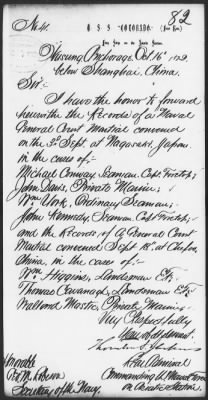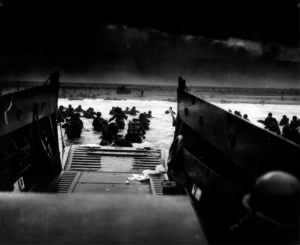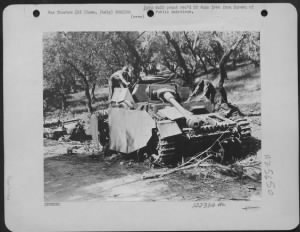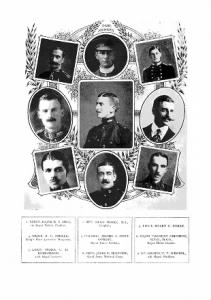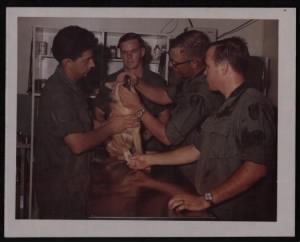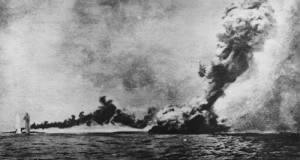
To commemorate Independence Day, Fold3 is providing free access* to our Revolutionary War Collection July 1–15.
We continue to offer everyday free access to our Constitutional Convention Records, Continental Congress Papers, George Washington Correspondence, and other archives from the founding of our nation! See the original manuscripts written with quill and ink by our founding fathers.
Our Revolutionary War collection contains 22 collections with almost 5 million records! Here’s just a few of the titles:
Revolutionary War Rolls: The Continental Army was made up of troops provided by each colony. They formed battalions, regiments, companies or militias. There is an introduction to this collection from the National Archives, and then you can search by state and narrow down to a specific fighting group.
Navy Casualty Reports, 1776 – 1941: This collection records both wartime and peacetime deaths of navy soldiers in the Revolutionary War and later conflicts including the War of 1812, Civil War, WWI and others.
Revolutionary War Service Records: These are service records for soldiers who fought for the Continental Army. They are arranged under state, fighting company and then alphabetically by soldier’s name.
Revolutionary War Prize Cases – Captured Vessels: After the US declared independence from the British, colonists were no match for the powerful British Navy. In an effort to disrupt British commerce, colonists captured British vessels. The vessels were known as prizes. These records, which are copies of the original manuscripts, are cases heard on appeal by courts from 1776-1886. You can browse them by state, case name, or by vessel name.
Final Payment Vouchers Index for Military Pensions, 1818-1864: This is a collection of records of final pension payments made to military veterans or his widow. They shed light on where a family may have moved after the war, death dates of veterans, widows, or dependent children, and sometimes the maiden name of a widow.
Get started searching our Revolutionary War Collection today!
*Access to the records in the featured collections will be free until July 15, 2018 at 11:59 p.m. MT. Free access requires registration for a free Fold3 account. After the free access period ends, you will only be able to view the records in the featured collections using a paid Fold3 membership.


